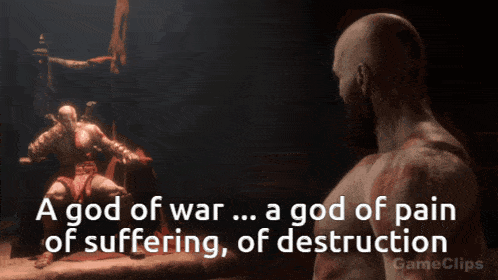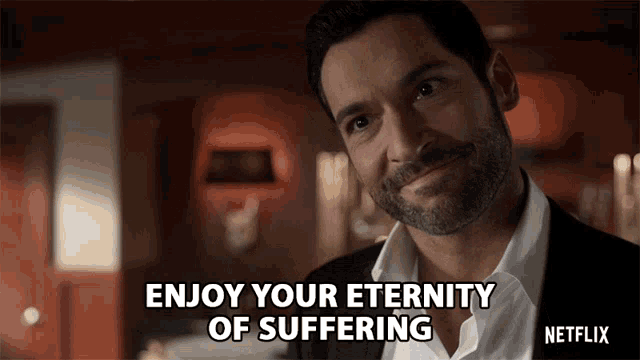Tracy Twyman, Twin Peaks, and the Hidden Systems That Feed on Pain: The Economics of Human Suffering as Currency
How Trauma Fractures the Psyche and Opens the Door to Darkness
Beneath the glossy façade of what we call modern civilization lies a raw, unspeakable truth: trauma is the ultimate currency, pain the lever that moves the world.
Suffering isn’t some tragic mishap or cosmic fluke—it’s the design, the raw fuel that powers control. It’s manufactured, refined, and stockpiled by those who’ve mastered the art of extracting it from the human spirit.
Pain, suffering, sacrifice—these aren’t the mere byproducts of cruelty; they’re precision-crafted weapons, honed to fracture minds, shatter resistance, and bind those who dare to stand in their path.
From mythology to modern media, from occult practices to public tragedies, this dynamic reveals itself over and over.
Ritualized trauma acts as a sinister bridge, linking unseen forces to the visible machinery of authority. It binds individuals to systems of control, feeding not only their captors but something far larger—something shadowed, insatiable, and hidden in plain sight.
The Bible offers a lens through which to understand this dynamic.
Scripture often speaks of suffering, power, and sacrifice, and while these passages typically illuminate paths of redemption, they also expose how pain is wielded by malevolent forces.
Ephesians 6:12 warns, “For we wrestle not against flesh and blood, but against principalities, against powers, against the rulers of the darkness of this world, against spiritual wickedness in high places.”
This verse resonates deeply with the concept of ritualized trauma as a tool of control—forces beyond the visible world working through systems of violence and secrecy to sustain themselves.
This dynamic is brought to life in Twin Peaks, where the Black Lodge and its agents transform human pain into sustenance.
It can also be found in the writings of Tracy Twyman, who mapped out the esoteric mechanics of trauma-based control, or in the myths of Persephone, Lilith, and Iphigenia—figures sacrificed, subjugated, or vilified to appease powers both human and divine.
And it reverberates through manufactured Made-for-TV tragedies like the Menendez brothers, Caylee Anthony, and O.J. Simpson—events engineered to inflict collective trauma.
These spectacles are not mere entertainment or news; they are weapons of control, designed to fracture the psyche of the masses, instilling fear, division, and submission through shared pain.
The message is stark and undeniable:
Pain is currency.
It is forged in ritual, wielded to control, and hoarded by forces that grow fat on its extraction. This motif, threaded through the fabric of myth, media, and reality, demands fearless scrutiny. It lays bare a truth most would rather bury—trauma is not merely an accidental byproduct of power…
It is its foundation, its fuel, and its lifeblood.
Twin Peaks and the Black Lodge: The Dark Economy of Ritualized Suffering
David Lynch and Mark Frost’s Twin Peaks is far more than a surreal television drama.
It is a searing exploration of human darkness and the systems that feed upon it, wrapped in a narrative that blends the mundane with the metaphysical.
At its core lies the Black Lodge, an interdimensional realm populated by malevolent entities such as BOB, the Giant, and the Man from Another Place.
These beings embody unseen systems of control that derive sustenance from human suffering. The show introduces the concept of garmonbozia, a substance representing pain and sorrow, consumed by these entities to maintain their existence.
Depicted as a bowl of creamed corn, garmonbozia’s unassuming appearance belies its profound symbolic weight as the distilled essence of human trauma.

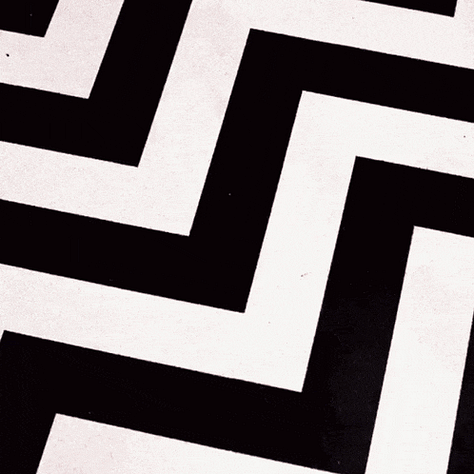



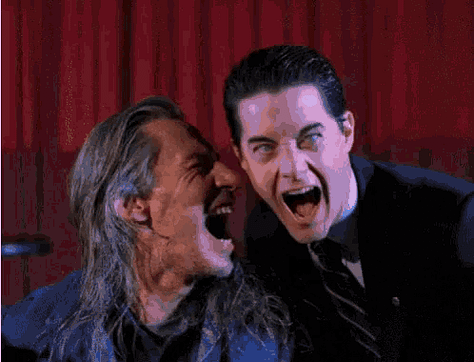
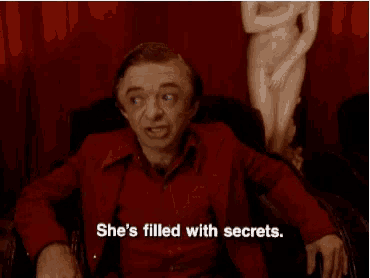
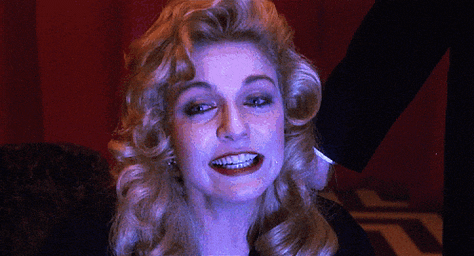

The Black Lodge is not merely a setting—it is a system, an intricate machine designed to harvest and recycle pain. Its mechanisms echo the real world concept of "loosh," as explored by researchers like Robert Monroe and Tom Montalk of Montalk.net.
Loosh refers to the subtle energy produced by intense human emotions, particularly fear, suffering, and trauma—energies said to be harvested by non-physical entities for sustenance and empowerment.
The agents of the Black Lodge, such as BOB, act as conduits to extract suffering from the physical world, converting it into garmonbozia, the shows version of the distilled essence of human pain and sorrow.
Under this light, BOB’s possession of Leland Palmer and the subsequent abuse and murder of Laura Palmer are not mere random acts of evil, but ritualized events carefully orchestrated to produce maximum anguish, creating a metaphysical offering that sustains the Lodge’s entities and perpetuates their influence.
Laura’s suffering is not incidental—it is purposeful.
Her death serves as a deliberate sacrifice, a gruesome ritual that ensures the Lodge’s continued power.
This cyclical nature of ritualized trauma reflects what researcher Tracy Twyman described as the feedback loop of pain-based control.
In Twyman’s view, acts of abuse and violence are not isolated or meaningless; they are deliberate mechanisms that feed into larger systems designed to extract and amplify human suffering.
Like the Black Lodge, these systems are self-sustaining, perpetuating cycles of harm across generations to ensure their survival and dominance.
Twyman explored this concept extensively in her book Clock Shavings.
Through her experiments and communications with esoteric figures such as Baphomet, Twyman uncovered a chilling perspective: pain is not a byproduct of human existence—it is a commodity.
“Suffering,” she wrote, “has always been the currency of the spirit world. That’s the nature of the deal humanity struck with the gods.”
Twyman’s research connects rituals of trauma to a metaphysical economy, where human pain is deliberately cultivated and harvested to sustain unseen forces.
The Bible, too, acknowledges the spiritual dimension of suffering.
Proverbs 27:20 warns, “Hell and destruction are never full; so the eyes of man are never satisfied.”
Like the Black Lodge entities, the forces of darkness are insatiable, perpetuating cycles of pain to maintain their dominion.
In this framework, rituals of abuse are not isolated incidents or acts of senseless cruelty. They are systemic practices, designed to create a feedback loop where suffering generates energy that sustains both the systems and the entities that perpetuate the trauma.
The Black Lodge, with its inhabitants thriving on garmonbozia, serves as a perfect metaphor for this process. It is a parasitic structure, one that depends on the pain of its victims to maintain its existence.

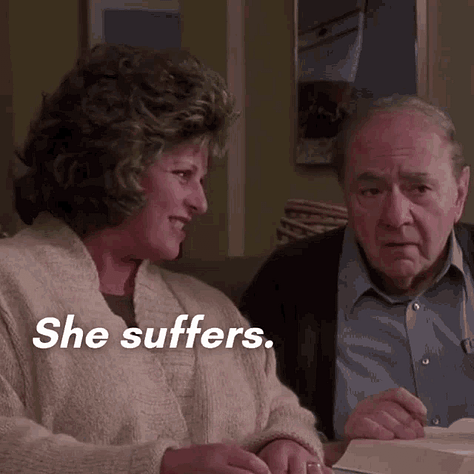




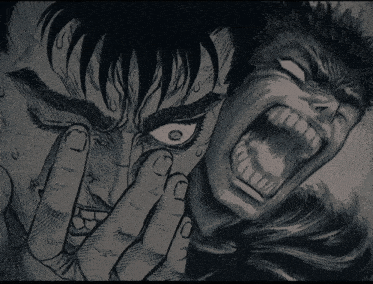

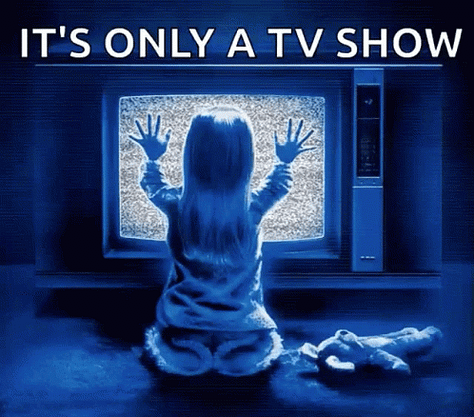
Leland Palmer: The Perfect Vessel for Possession


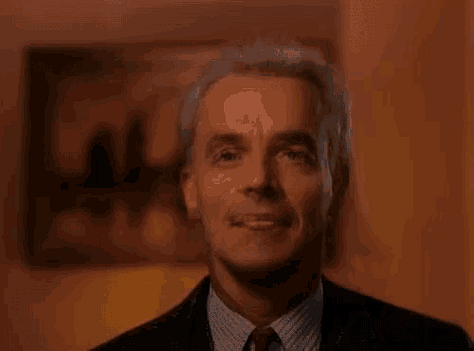
Leland Palmer, Laura’s father, stands as one of the most tragic and unsettling figures in Twin Peaks. His susceptibility to possession by BOB is not a matter of chance but the result of his own deeply rooted trauma.
As a child, Leland was groomed by BOB during summers spent at his grandfather’s cabin—a period marked by abuse that fractured his psyche and created the perfect conditions for manipulation.
This early trauma left Leland vulnerable to BOB’s influence, turning him into an ideal vessel for possession.
BOB’s hold over Leland is both physical and psychological.
Embedded in Leland’s subconscious, BOB exploits his unresolved guilt and repressed memories, turning Leland into a puppet for acts of unimaginable cruelty.
Under BOB’s control, Leland commits horrific crimes, including the abuse and murder of his own daughter, Laura. Yet the line between Leland and BOB is often blurred, forcing viewers to grapple with the question of complicity. Is Leland merely a vessel, or does his own repressed rage and trauma make him a willing participant in these acts?
This ambiguity mirrors the complexities of real-world abuse dynamics, where victims often become perpetrators, perpetuating cycles of harm.
Leland’s dual role as victim and perpetrator intensifies the horror of his character, illustrating how trauma can fracture the self, creating dissociation and moral collapse.
Unlike Laura, who resists BOB’s influence at the cost of her life, Leland succumbs entirely, allowing BOB to use him as a tool for extracting maximum suffering.
Egregores and Collective Energy Harvesting
Twyman’s research into egregores—psychic entities created by collective emotion and intent—offers another lens through which to view this phenomena.
The Black Lodge in Twin Peaks functions as an egregore, sustained by the pain and suffering of its victims.
Similarly, high-profile tragedies and their media amplification create emotional energy that fuels societal systems of control. Public outrage, grief, and fascination are not merely reactions—they are resources, harvested to perpetuate division and submission.
Proverbs 4:16 warns, “For they sleep not, except they have done mischief; and their sleep is taken away, unless they cause some to fall.”
This verse underscores how systems of power thrive on the suffering they create, feeding on the collective energy generated by trauma.
Twyman argued that these rituals are not only tools of manipulation but also acts of energy harvesting, sustaining both human elites and metaphysical forces.
The Cycles of Control
The cyclical nature of this exploitation ensures its longevity.
In Twin Peaks, BOB’s possession of Leland creates a chain reaction of trauma, culminating in Laura’s death.
Her suffering then ripples outward, fracturing the town of Twin Peaks and exposing its hidden darkness. The idyllic veneer of the community gives way to infidelity, corruption, and exploitation, revealing how systems of control thrive on secrets and silence.
This mirrors Twyman’s assertion that trauma-based systems are designed to perpetuate themselves across generations.
Leland’s early abuse makes him susceptible to possession, which leads to Laura’s victimization, ensuring that the cycle of harm continues.
This pattern reflects the broader dynamics of ritual abuse and intergenerational trauma, where the wounds of one generation are passed down to the next, creating a self-sustaining system of pain.
Breaking the Cycle
The recurring theme of ritual abuse in media, mythology, and real life compels us to confront the most harrowing truth about human existence: that trauma is both the currency and the weapon in an unrelenting struggle for power—a battle that transcends the physical realm and reaches into the metaphysical.
But in order to break free from these cycles of suffering, we must first understand the forces that orchestrate them. These shadows, whether they dwell within our own psyches or operate as systemic entities, thrive on our silence, denial, and complicity.
Confronting them is not merely an act of resistance but an act of survival. It is a deliberate unraveling of the hidden machinery that feeds on human pain, forcing it into the light where it loses its power.
Only by exposing these structures—both internal and external—can we dismantle the systems that perpetuate harm.
In reclaiming our agency, we not only disrupt the cycles of trauma but also take the first steps toward healing, liberation, and the reclamation of a world no longer governed by those who thrive on suffering.
The choice is both collective and individual: to recognize the mechanisms of control, to resist the forces that seek to exploit us, and to refuse to be complicit in a system that thrives on despair.






